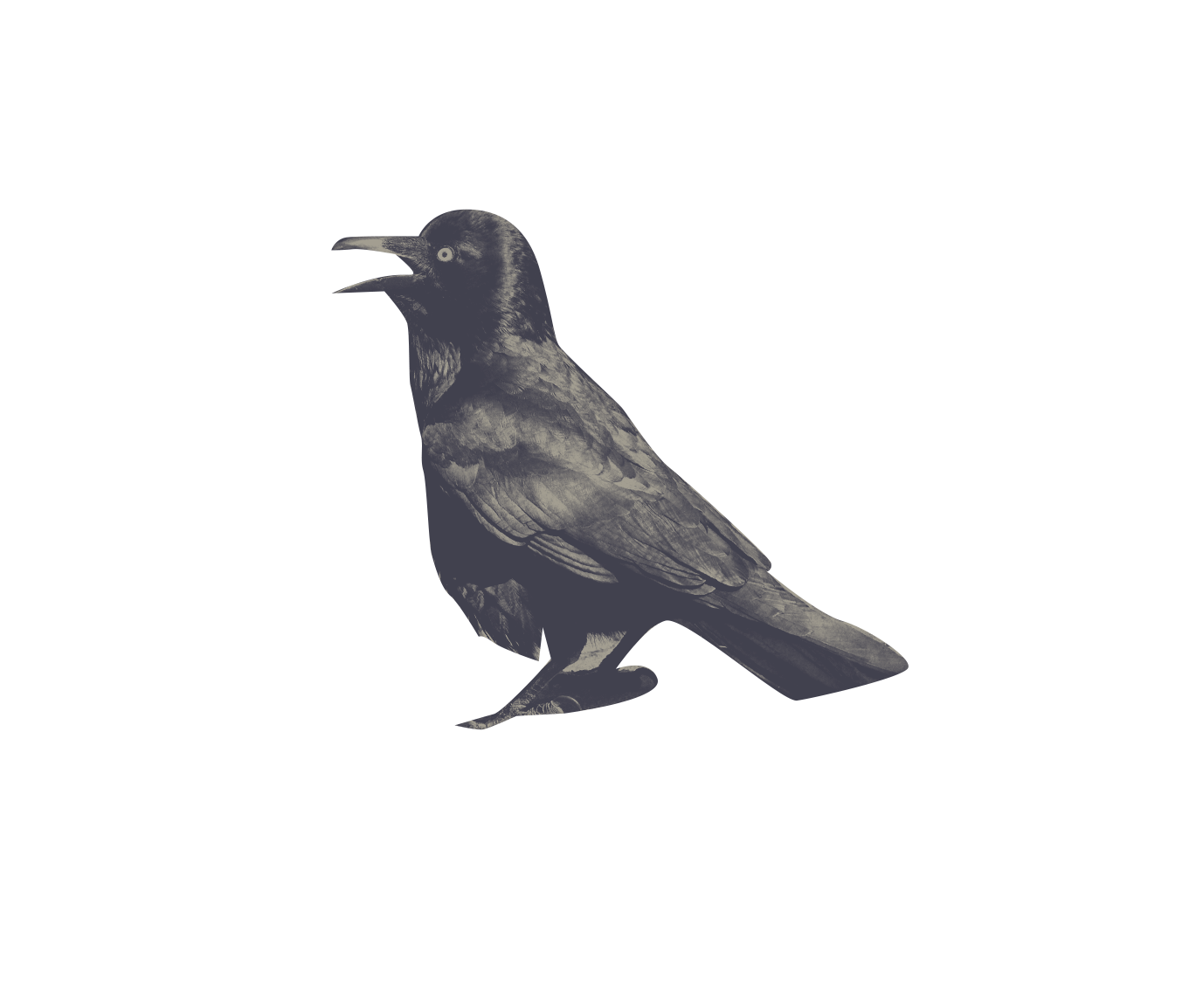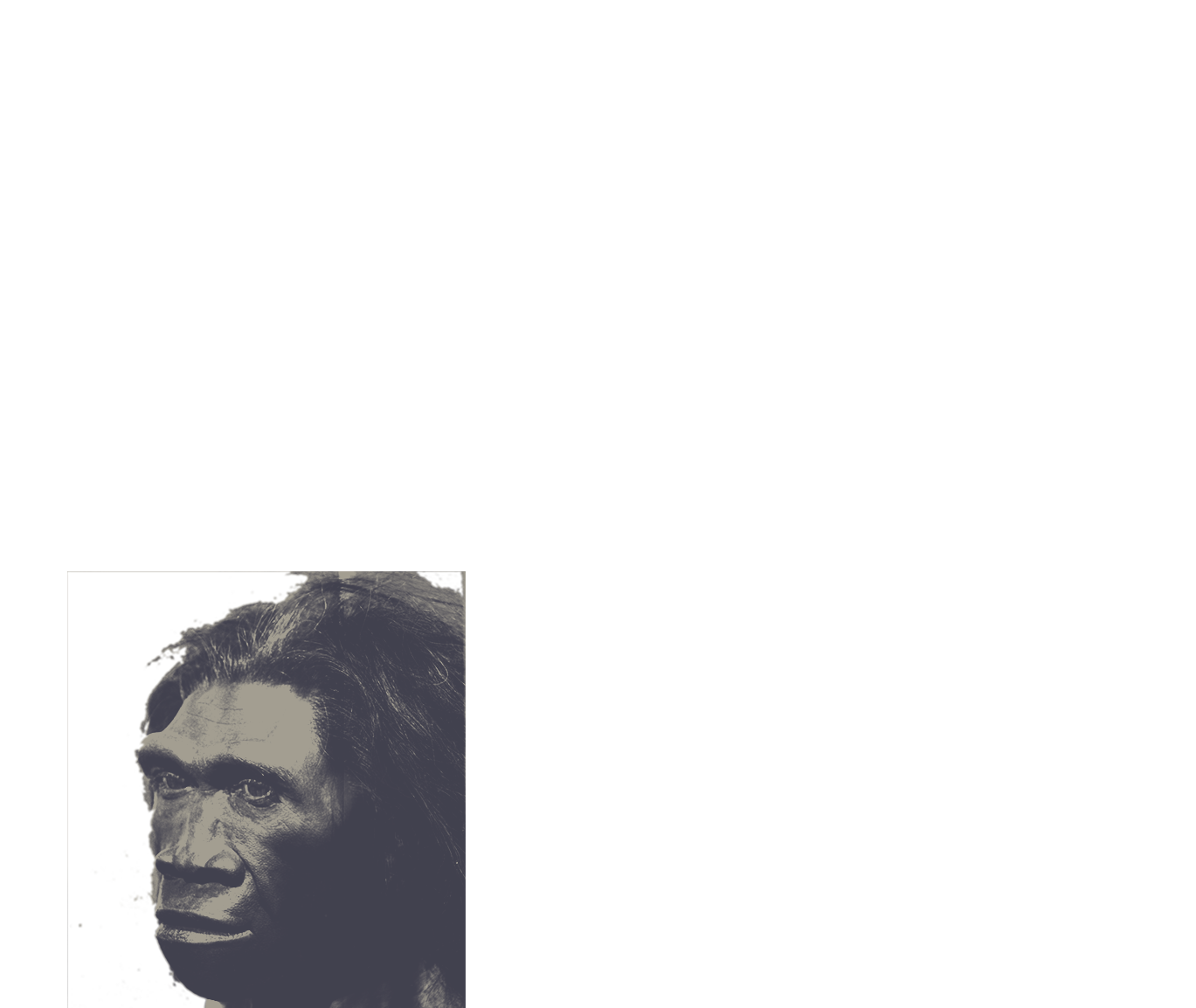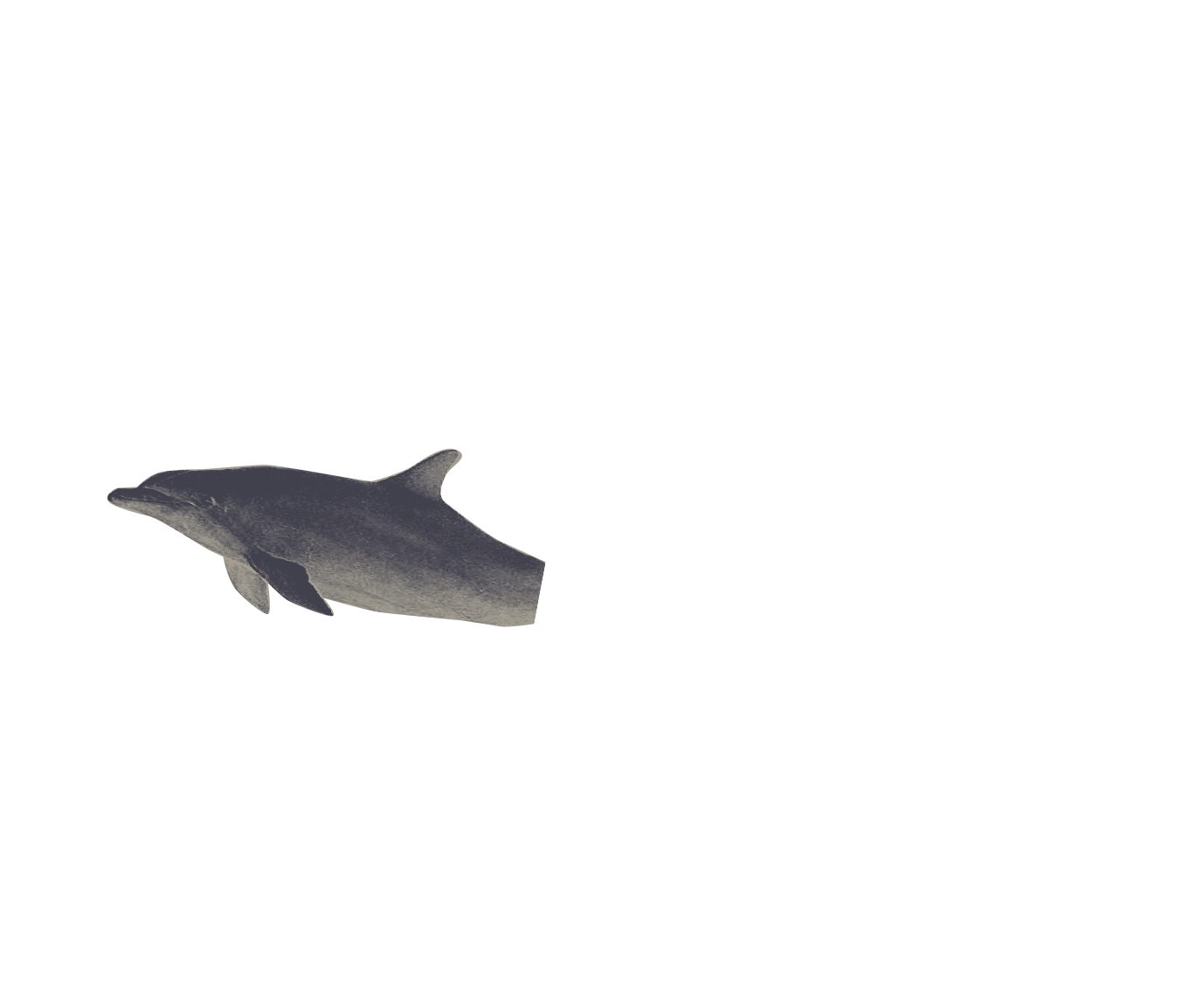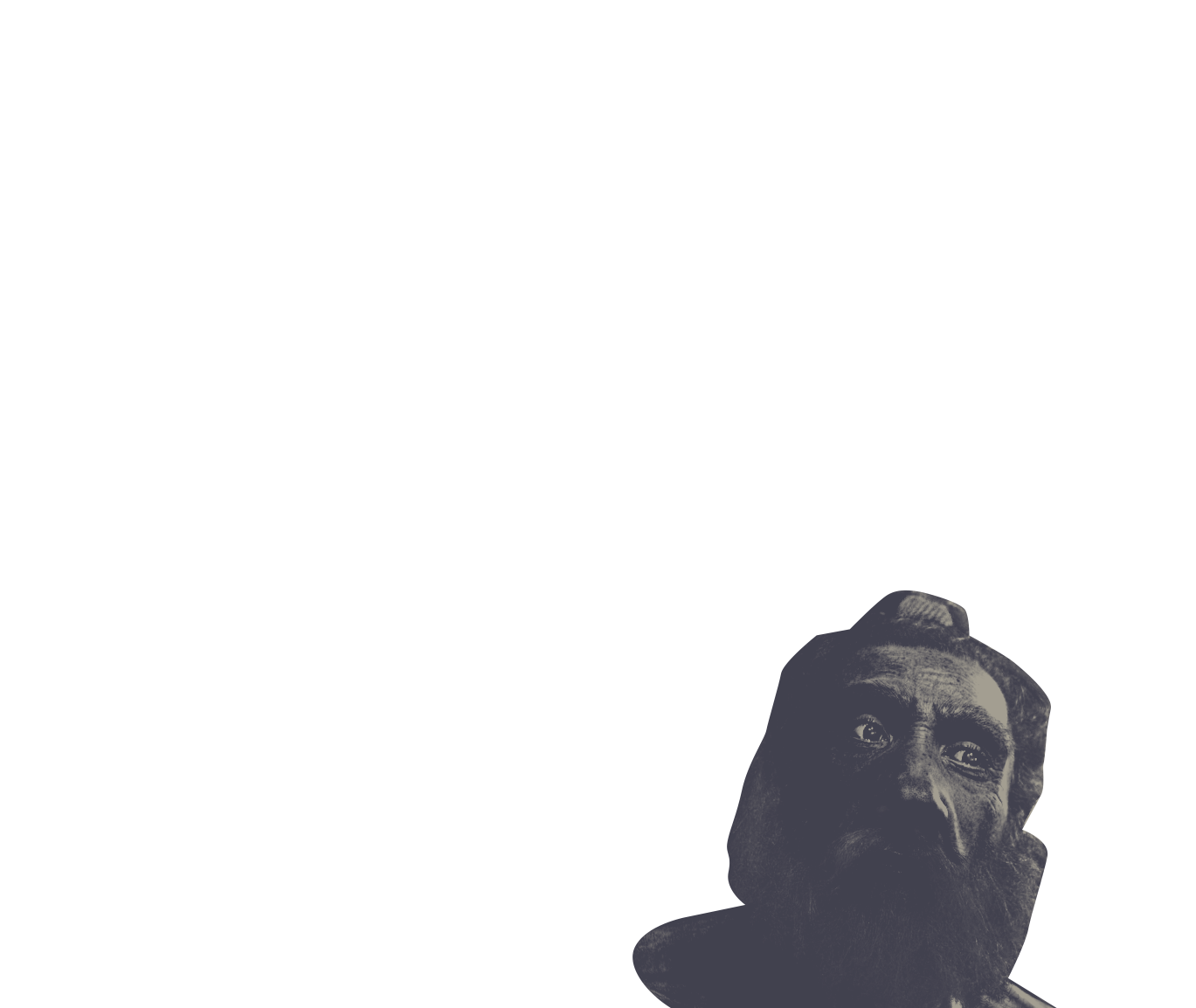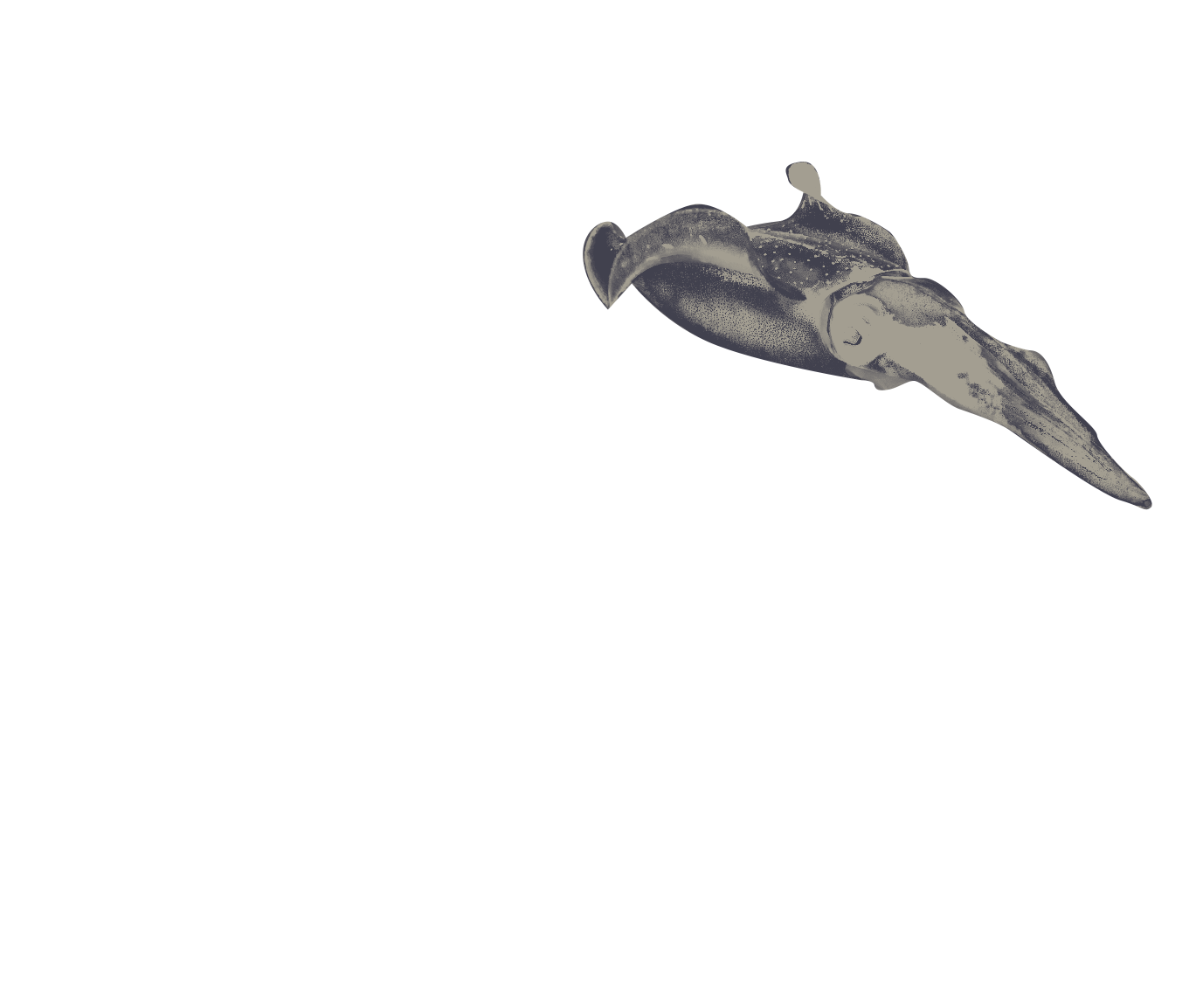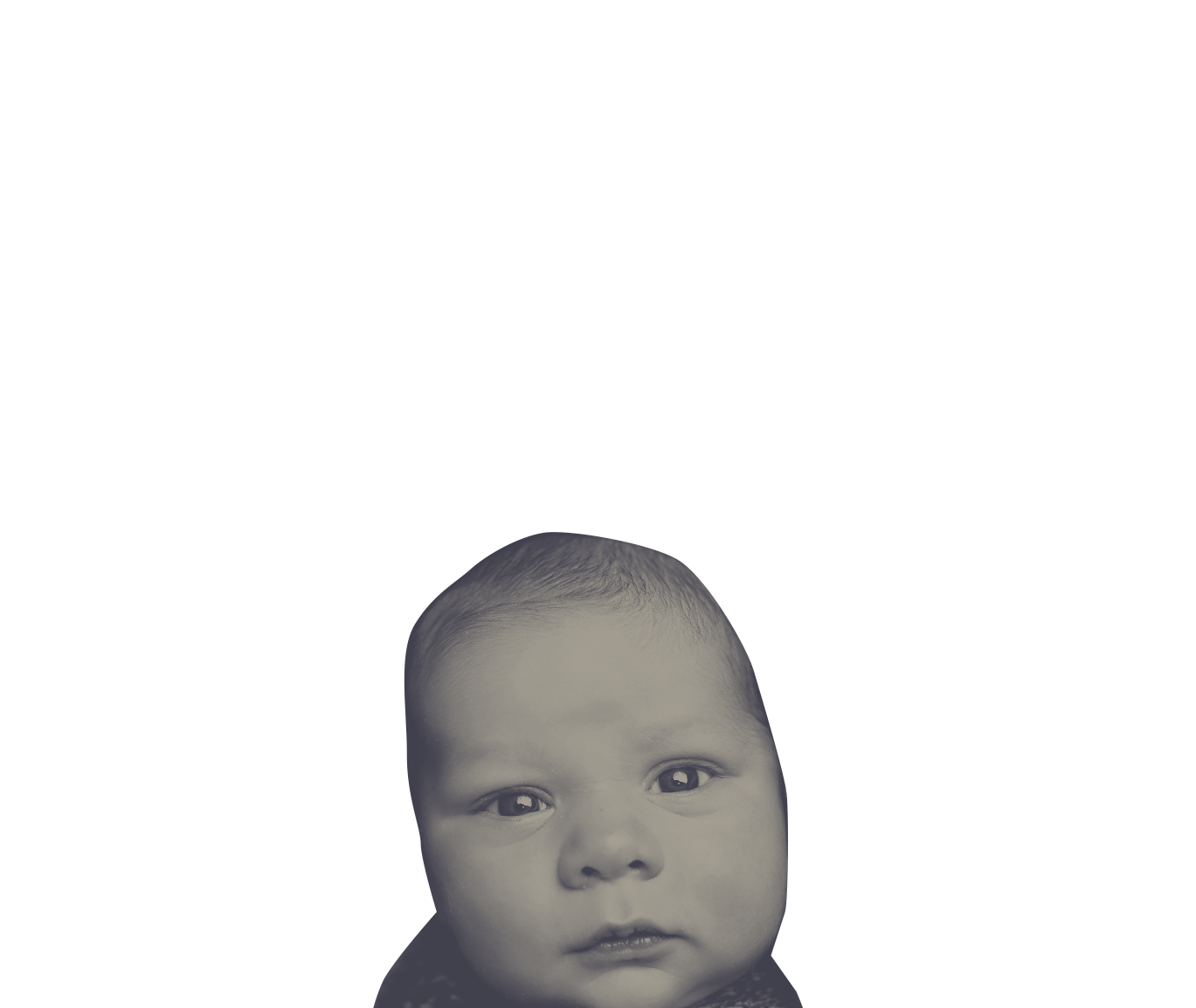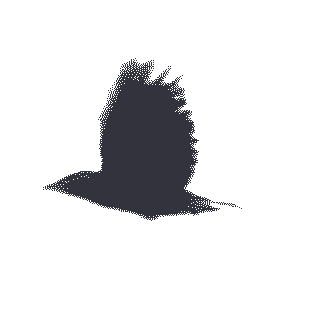"Despite the number of different languages in the world, infants learn language in a universal, relatively predictable pattern. Milestones in infant language development include communicating at birth by crying, cooing at 1-2 months, babbling at 6 months, use of gestures and word comprehension at 8-12 months, speaking rst words at 13 months, a rapid growth in vocabulary by 18 months, and signi cant increased word understanding and speaking
of two-word utterances such as “my toy” between 18-24 months."
—Kimberly Kopko, Ph.D., Cornel University Department of Human Development
the world is still formless. a river of shapes and colors and smells. some are familiar, feel safe.
[they cannot even begin to imagine that within their brain, new connections are being made at a rate of billions per day].
Each day they are visited by the same presence, the same configuration of shapes hover above zher and each day zhe recognizes more. the shapes melt into a configuration that makes zher happy, they begin to recognize the shapes as a face, as a familiar face. thoughtlessly they mimic the configuration, what zhe will someday be able to name a smile.
This morning their eyes lock on a shape which fills the frame of the crib, a big dark shape with a smell and a deep voice and suddenly that entity means a sound. the sound it means is “da” and “da” is the sound that is this gentle presence. they make the sound.

